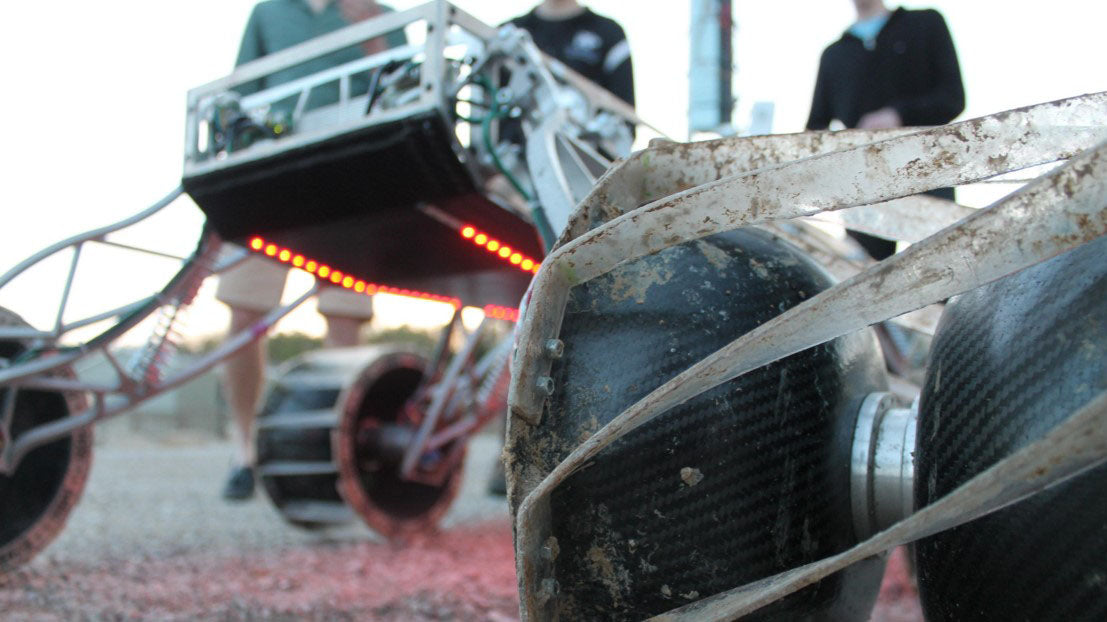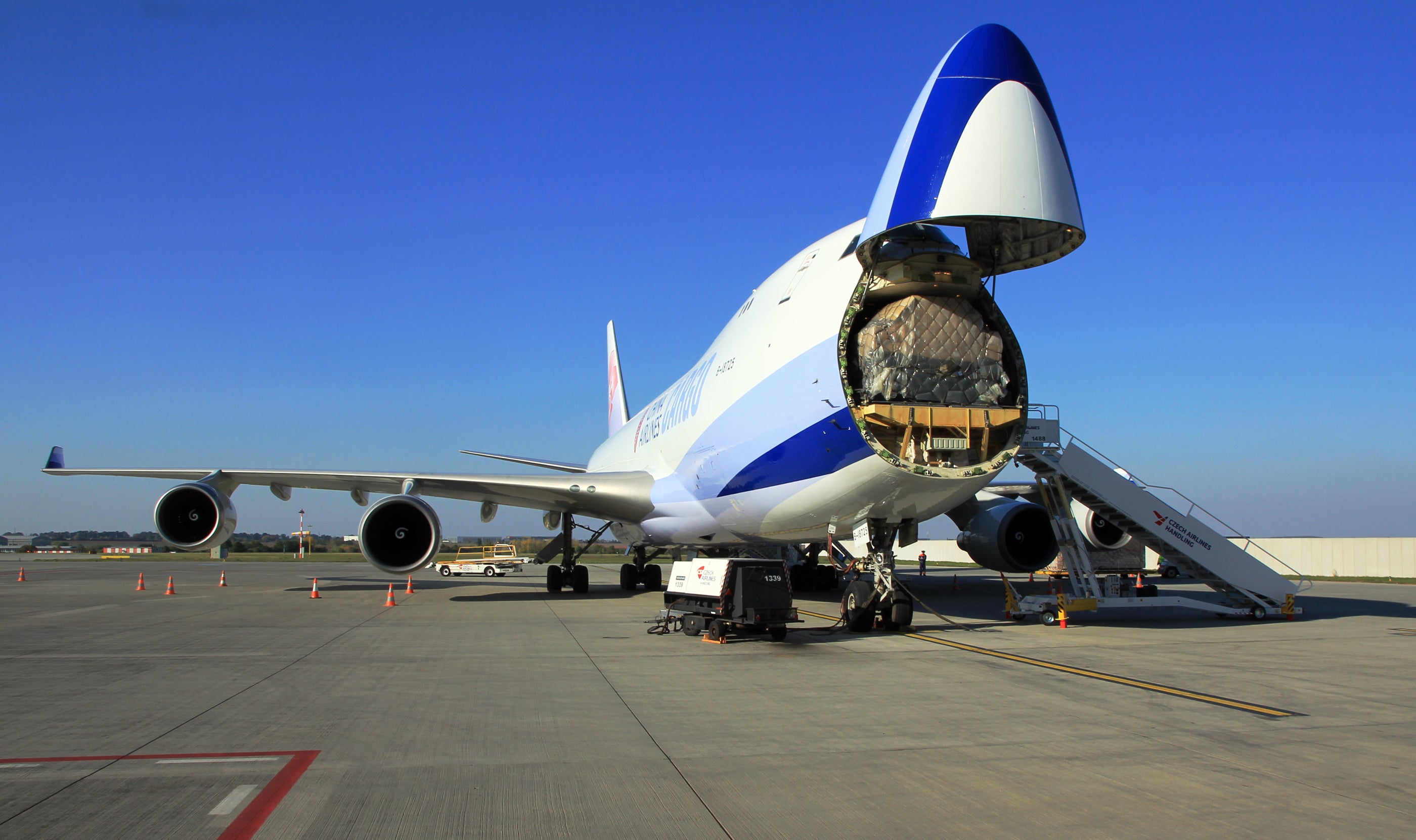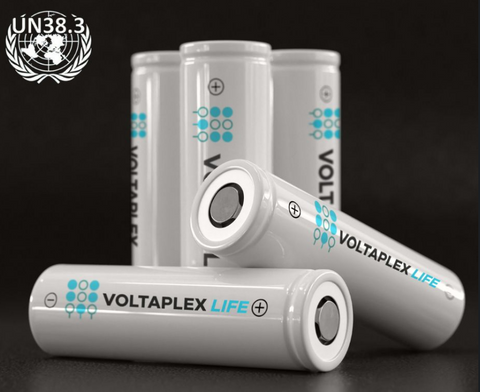Malaysian Flight 370 and Lithium Ion Batteries March 10 2015, 0 Comments

Lithium-ion batteries have caused 140 mid-air incidents in last 20 years
The UN's International Civil Aviation Agency will propose a ban of all lithium-ion batteries transported on passenger planes next month. With good reason too; US Federal Aviation Administration (FAA) tests show that current battery packaging and fire fighting systems on board "cannot adequately suppress a lithium metal fire." This is especially true for large loads - like the minimum 221 kg Malaysian Airlines Flight 370 was carrying.
The batteries were "packed as recommended by the ICAO" and were shown to meet UN packaging guidelines. These guidelines put the batteries through a series of tests that puts the packaging through the worst conditions it might experience while being transported - for example drop and other impact tests. However anomalies are always possible and there was no additional screening once arriving at the airport. One must handle lithium ion as a dangerous good - especially when transporting so many.
A report released by Malaysia recently said there have been 99 shipments of lithium ion batteries on Malaysian Airline passenger flights from January until May last year. The Halon gas fire suppression system used on-board as a last line of defense is not powerful enough to stop a thermal runaway caused by the venting of such a large amount lithium ion batteries. What happens in thermal runaway is heat in excess of 550 degrees Celsius and fire spreading from cell to cell.
Shipping Lithium Ion Batteries
It has been increasingly difficult to ship lithium ion batteries by plane, internationally.America Airlines just stopped allowing some kinds of li-ion battery shipments in February. There are special rules that allow many small packages - grouped together. But the sheer number of batteries that can be grouped together still raises safety concerns.
Batteries put into packs are safer than those packed loose. Batteries in packs often have a sturdy outer-shell and protection circuitry that can prevent thermal runaway events. These packs are still allowed on board most airlines.
Note: Lithium-metal batteries (non-rechargeable) can ignite much quicker than li-ion batteries and are not the same. It is estimated that 10% of the 2.5 billion lithium-metal batteries produced every year are shipped via airplane.
FAQ: Is my package regulated as a dangerous good?
If shipping with UPS you can follow this flow-chart to determine whether your package is regulated as a dangerous good.

More Resources:
- UPS - Lithium Battery Regulations .PDF
- Fedex - Lithium Ion Overview.PDF
- DHL - Lithium Ion 2015 Regulations.PDF
The future of shipping l-ion batteries
We will likely see more regulations, as early as April or May. All passenger airlines will likely refuse any loose batteries, and only accept those in packs. Shipping by sea and ground will not be affected.







